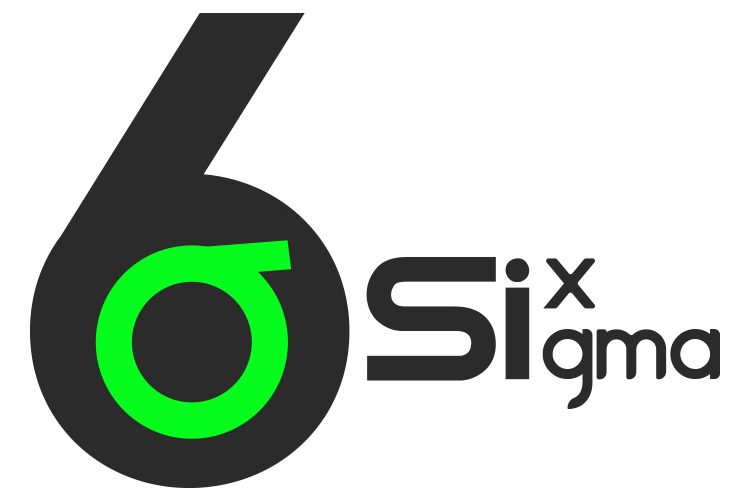.jpg)
.jpg)
Course Requirements:
Delegates must meet the following criteria to be eligible for the Internationally Accredited Certificate.
By the end of this course delegates will be able to:
Explore strategic models of competitive advantage, Learn to effectively use Porters 5 Force model, Balanced Scorecards McKinsey’s 7 S technical analysis tools
In addition, the statistical tools and techniques of Lean Six Sigma such as:
Visual Analysis & Data
Discovery tools like
A analytical tools like
Lean Six Sigma first emphasizes the use of Lean methodologies and tools to identify and remove waste and increase process velocity, then follows that with the use of Six Sigma methodologies and tools to identify and reduce or remove process variation.
This interactive course will explore how Lean Six Sigma methodology can help your organization solve both technical and human challenges of sustainable projects and will improve the project management processes and mindsets alike.
Delegates will explore this course through a series of dynamic presentations, cutting edge videos, exciting group activities,
real-world applicable case studies. The IIET has successfully met the requirements set forth by the International Association for Six Sigma Certification (IASS C) for the designation of an Accredited Training Organization. Upon completion of this training course you will receive your international certificate that has been fully accredited by Qualify .An official UK government recognized awarding organization
This highly interactive program is designed for (but not limited to)
Build A Competitive Corporate Strategy
The Tools and Strategic Analysis
What are the key components of the balanced scorecard?
McKinsey’s 7S Framework for Evaluating HR Strategy
Strategy Implementation
The Lean Enterprise
Measure Phase
Process Definition
Six Sigma Statistics
Measurement System Analysis
Process Capability
Analyze Phase
Patterns of Variation
Stakeholder Analysis and Management
Effective Change management for executives
Define Phase
The Fundamentals of Six Sigma
Defining a Process
FTY, RTY Cycle Time, deriving these metrics and these metrics Inferential Statistics
Hypothesis Testing
Hypothesis Testing with Normal Data
Improve Phase
Six Sigma Control Plans
BTS attendance certificate will be issued to all attendees completing minimum of 75% of the total course duration.
| Code | Date | Venue | Fees | Register |
|---|---|---|---|---|
| AUD109-04 | 21-12-2025 | Dubai | USD 5450 | |
| AUD109-01 | 19-04-2026 | Amman | USD 5450 | |
| AUD109-02 | 26-07-2026 | Dubai | USD 5450 | |
| AUD109-03 | 04-10-2026 | Cairo | USD 5450 | |
| AUD109-04 | 27-12-2026 | Dubai | USD 5450 |

Initially designed as a set of practices to improve manufacturing processes and eliminate defects, Six Sigma focuses on consistency, quality, and constant improvement, the very same goals that interna ...
Providing services with a high quality that are satisfying the requirements
Appling the specifications and legalizations to ensure the quality of service.
Best utilization of resources for continually improving the business activities.
BTS keen to selects highly technical instructors based on professional field experience
Since BTS was established, it considered a training partner for world class oil & gas institution
1st floor, Incubator Buildingو Masdar City, Abu Dhabi, UAE
Sun to Fri 09:00 AM to 06:00 PM
Contact Us anytime!
Request Info